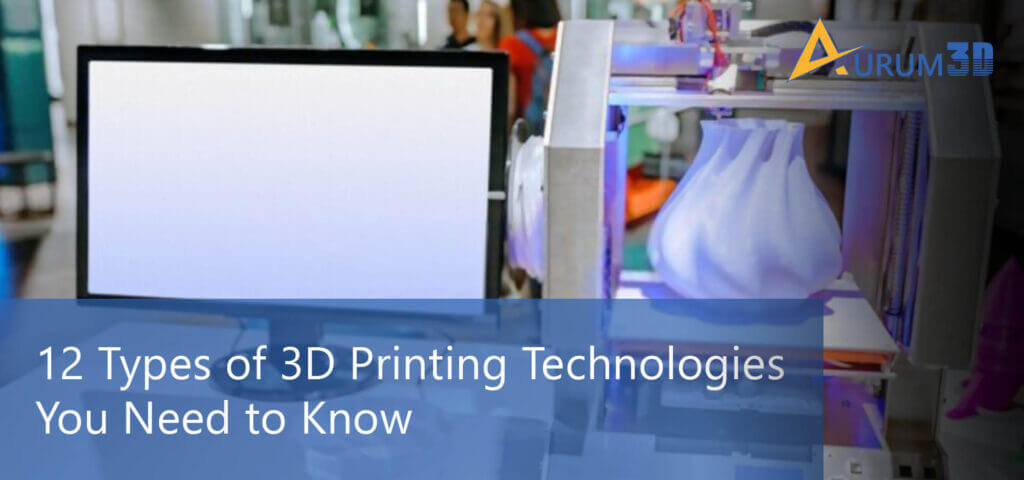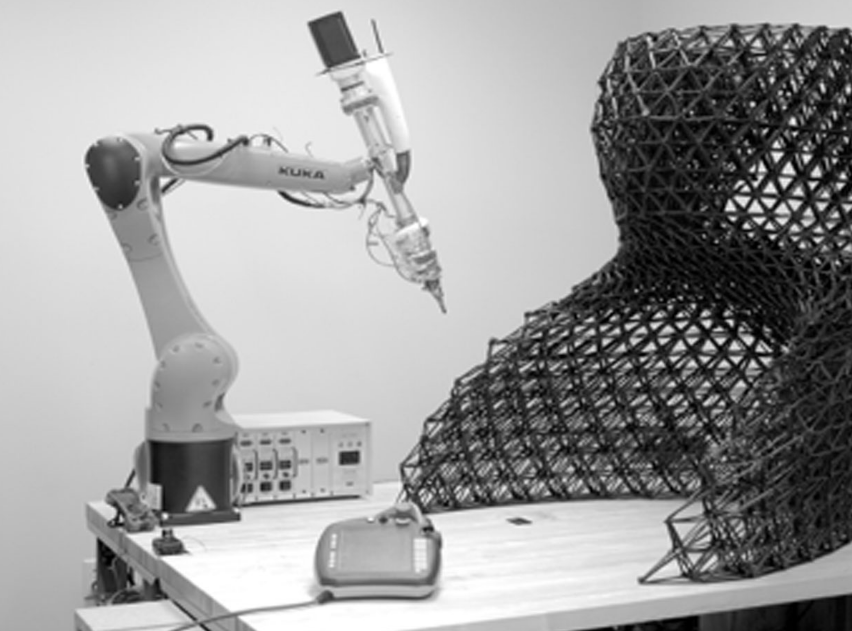Unlike
other 3D printing technologies, fused deposition modeling (FDM) or
fused filament fabrication (FFF) prints objects, items, or models by
depositing melted filament continuously and selectively. The FDM 3D
printers are designed with heated nozzles. The heated nozzle melts the
material and deposits the melted material to a build platform layer by
layer by following a predefined path.
While using FDM 3D printing technologies,
engineers and printers often use thermoplastic filaments. However, they
use a wide range of materials according to the nature and requirements
of the item or model to be 3D-printed - polylactic Acid (PLA),
acrylonitrile butadiene styrene (ABS), polyethylene terephthalate (PET),
polyethylene terephthalate glycol (PETG), and thermoplastic
polyurethane (TPU). The flexible and durable nature of thermoplastic
contributes towards increasing the popularity of FDM 3D printing
technology.

As highlighted by several market studies, FDM or FFM is currently one of the most widely used 3D printing technologies. Many manufactures opt for this 3D printing technology to produce basic proof-of-concept models without increasing time and cost. The option to choose from a wide range of FDM materials further helps engineers to produce models and objects according to precise business requirements. We can identify the popularity of this 3D printing technology based on a slew of FDM 3D printing applications and use cases.
Understanding Common Applications of FDM 3D Printing
Evaluating Design Ideas
FDM 3D printing
is used widely by automobile companies. Leading car manufacturers
leverage this form of 3D printing to test design ideas quickly and
repeatedly. FDM 3D printers help them to evaluate design ideas by
producing parts that are both solid and durable. Also, the manufacturers
get the opportunity to experiment with various FDM 3D printing
materials while evaluating innovative design ideas. Hence, it becomes
easier for car manufactures to reduce time to market, curtail build
time, and improve workflow. At the same time, this form of 3D printing
helps engineers to produce small and detailed parts on demand.
Producing Prototypes that Withstand Testing
Often engineers expose a prototype to heat and chemicals to produce accurate test results. They look for a 3D printing technology that helps them to produce prototypes that can withstand rigorous and repetitive testing successfully. In addition to being flexible and durable, FDM 3D printing materials are effective in enduring heat and chemicals. Also, they can withstand mechanical stress effectively during multiple testing processes. Many manufacturers leverage FDM 3D printing technology to produce prototypes that can be tested under multiple and varied real-world conditions.
Reducing Weight and Altering Features
The aircraft and spacecraft companies frequently explore ways to boost performance by reducing weight and altering the features of various components. Thermoplastics are one of the flexible, strong, and durable 3D printing materials. Also, they are used widely as high-performing and engineering-grade materials. The thermoplastics make FDM 3D printing one of the widely used technologies in the aerospace industry. At the same time, aerospace companies, like automobile companies, leverage FDM 3D printing to evaluate and revise prototypes frequently.
Facilitating Low Volume Production
Like other 3D printing technologies,
FDM helps engineers to facilitate the low-volume production of complex
parts. The engineers can use an industrial-grade thermoplastic filament
to get complex parts that are both strong and durable. At the same time,
they can leverage FDM 3D printers to produce parts with complex
geometries. The engineers can scale up the part or model simply by
increasing the size of the build platform.
Producing Proof-of-Concept Models
Many engineers leverage FDM 3D printing to evaluate ideas and verify concepts by producing proof-of-concept models. FDM enables engineers to experiment with various forms of thermoplastic to provide the proof-of-concept model with the desired strength and characteristics. At the same time, the engineers can produce multiple versions of the model quickly and repeatedly to make it easier for decision-makers to evaluate concepts and ideas during the product development process.
Producing and Evaluating Consumer Products
The leading manufacturers leverage FDM 3D printing technology to use the same material to produce both prototypes and finished products. They use an FDM 3D printer to create and evaluate detailed parts of varying sizes. Also, thermoplastics make it easier for engineers to 3D-print ready-to-use consumer products like whitewater canoes or Lego bricks. Many consumers and hobbyists these days use FDM 3D printers to create a variety of home decors and accessories without relying on external suppliers.
Creating Specialized Manufacturing Tools
Popular design tools like computer-aided design (CAD), computer-aided manufacturing (CAM), and computer-aided engineering (CAE) enable engineers to design customized and specialized manufacturing tools. The engineers use FDM 3D printers to convert the designs into real-time tools. Many engineers leverage this popular 3D printing technology to create new tools, while others finetune the existing manufacturing tools by experimenting with various types of thermoplastic. FDM 3D printers make it easier for engineers to create a variety of ready-to-use tools.
Leveraging Material Flexibility
FDM
3D printer allows engineers to experiment with many forms of
thermoplastic. Each type of thermoplastic has its own pros and cons. But
the engineers can customize the strength, durability, and
characteristics of the 3D-printed model or product by choosing the right
FDM materials. For instance, they can use PLA to produce
three-dimensional objects using environment-friendly thermoplastic
produced from natural products. Likewise, they can enhance the
3D-printed object’s stiffness and durability by choosing ABS.
Promoting Hands-on Learning
The affordable nature of FDM 3D printers creates opportunities for educational institutions to expose students to various learning experiences. Many schools and colleges invest in FDM 3D printers to promote hands-on training. In addition to explaining various concepts to students, teachers use FD 3D printers to convert the concepts to three-dimensional objects. The FDM 3D printers enable students to explore unlimited learning opportunities. Many students use FDM 3D printers at home to unleash their creativity and imagination.
At
present, FDM is one the most widely used 3D printing technologies.
Also, the manufacturers and engineers have the option to choose from a
wide range of FDM materials. That is why; it becomes easier for them to
produce a variety of three-dimensional models, objects, parts, and items
using FDM 3D printing technology.
Keyword: FDM 3D printing applications
References:
https://www.hubs.com/knowledge-base/introduction-fdm-3d-printing/
https://www.treatstock.com/guide/article/118-express-guide-of-fdm-3d-printing-materials
https://blog.trimech.com/top-4-industry-uses-for-fdm-printers
https://www.livescience.com/39810-fused-deposition-modeling.html
https://www.axisproto.com/solutions/fdm/
https://www.stratasysdirect.com/technologies/fused-deposition-modeling


No comments:
Post a Comment